
Senior Capstone Projects (2016–2017) |
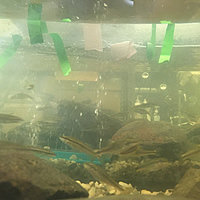 Jamila Roth and Lauren Sidor (2017) Changes in turbidity and light availability influence fish behavior, which can alter ecosystem dynamics. We investigated the influence of a range of turbidity and light levels on prey consumption in Rhinichthys atratulus (Eastern blacknose dace). We found differences in prey consumption as a function of turbidity under both high- and low-light conditions. These results indicate that relatively low magnitude changes in turbidity and light can significantly influence blacknose dace, which has major implications for aquatic communities. |
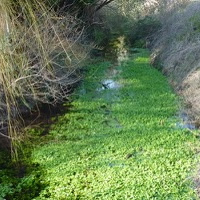 Farming the eddys: In-stream prevention of lake and coastal eutrophication Christopher Malvicini and Porter Hunt (2017) Eutrophication is a major issue for many water bodies around the world. Phytoextraction can mitigate eutrophication; however, it has not been done with agricultural crops to produce a harvestable product that removes nutrients from stream systems. We modeled eddy systems and used watercress plants to mitigate nutrient loading in a closed system. We found that watercress removed phosphate from the system but was ineffective at removing ammonium and nitrate. |
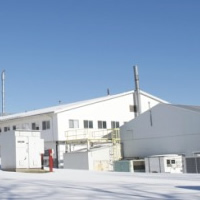 Invisible and Insidious: A Study of Water Contamination in Hoosick Falls, New York Maya Cohn, Ella Sampou, and Anika Verma (2017) In early 2014, it was discovered that the residents of Hoosick Falls were drinking from a municipal water supply contaminated with PFOA. After over two years of work, the tap water filters at PFOA non-detect, but the community is wary. Through multiple methods, we found that residents hold many stakeholders accountable and, in many cases, the loyalty to Hoosick Falls is stronger than the fear of PFOA contamination. Unfortunately, the damage to Hoosick Falls is irrevocable, and the path to restoration for Hoosick Falls is unclear. |
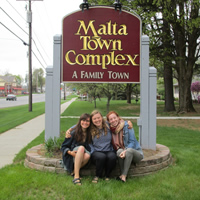 The Missing Link to Smart Growth: A Case Study of Communication and Cooperation in Malta, New York Patricia McGuire, Zia O'Neill, Manuela Tauscher (2017) Malta, N.Y., experienced rapid population growth with the introduction of a microchip fabrication plant, Global Foundries. We used Malta as a case study to evaluate why we talk about smart growth more than we implement it. We employed a range of data-collection methods and identified four major barriers to smart growth implementation: pre-existing transportation constraints, a disconnect between planning and implementation, limitations of community perceptions, and lack of communication and cooperation among stakeholders. |
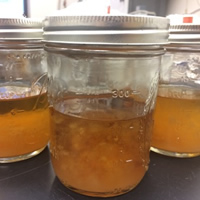 Are Fungi the Future for the Bioremediation of Contaminated Soils? Tsering Choden and Nate Van Meter (2017) White rot basidiomycetes are known to degrade recalcitrant pollutants that pose serious risks to the environment and health. We compared the biodegradability of Aroclor 1248 by four different white-rot fungi and examined the effects of byproducts produced by the fungi. The biodegradation of Aroclor 1248 was determined via gas chromatography, and enzyme activity was measured via an enzyme assay. We found that Phanerochaete chrysosporium and shiitakes were effective bioremediators of Aroclor 1248 in contaminated substrate. |
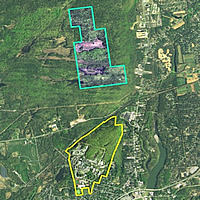 Put a Price on It: Measuring Ecological Value of a Diverse Landscape Andy Frank, Becca Halter, and Kristie Sills (2017) |
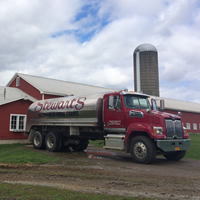 The locavore’s delight: A local food system assessment of the Capital Region Amanda Greenlee, Jacqueline Knoll, and Colleen Sullivan (2017) A strong local food system offers community, environmental, and economic benefits. We assessed the local food system of the New York Capital Region, which has high agricultural diversity and volume of local food. Many farmers in the area prefer to sell their products locally because it is convenient and profitable regardless of what they produce or how long they have been farming. Overall, the Capital Region is an excellent example of a strong local food system. |
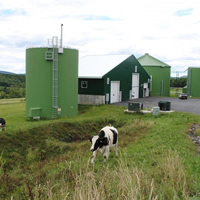 Meaghan Flanagan and Emma Hitch (2017) Our current common disposal method of organic wastes is landfills, which releases methane gas and eliminates potential energy and economic revenue. We evaluated the feasibility of implementing an anaerobic digester in Saratoga Springs, N.Y., by analyzing potential feedstock, siting considerations, and an economic analysis of the project feasibility. Anaerobic digestion addresses sustainability as a green means of waste reduction, and also turns waste into an economic asset; however, the process still has a great deal of uncertainty. |
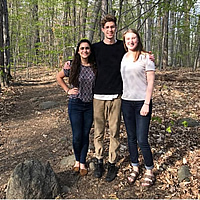 On the trail: A path toward a better trail system in Saratoga County Jacqueline Carames, Jacob Lightman, and Caroline Tuttle (2017) |
|
Environmental Education and Interpretive Trailblazing at Saratoga Independent School Katie Cuthbert, Emma Ottenheimer, and Kylie Rosabal (2016) Full report is not available. Please contact Karen Kellogg for more information. |
 Christina Battiste, Bella Bennett, and Sarah Lasky (2017) |
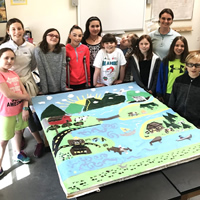 Outcomes of place-based environmental education and art in the Hudson River Watershed Julia Adelman and Shannon Post (2017). Please contact aschnell@skidmore.edu for the published manuscript. |
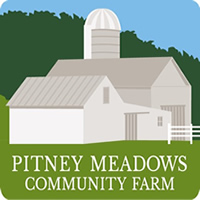 Sowing the seeds for farm-based education and agriculture: Action research with Pitney Meadow Farm Sarah Hooghuis, Jerry Lerman, and Sydney Randall (2017) |
|
Luc Chatelain and Michael Reeves (2017) |